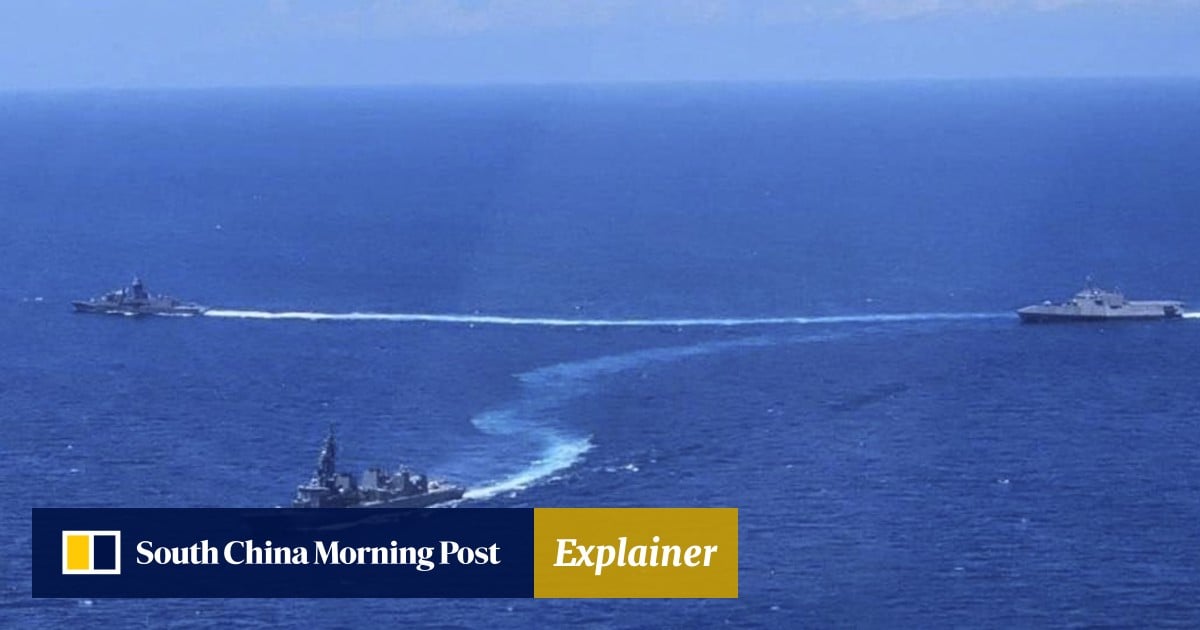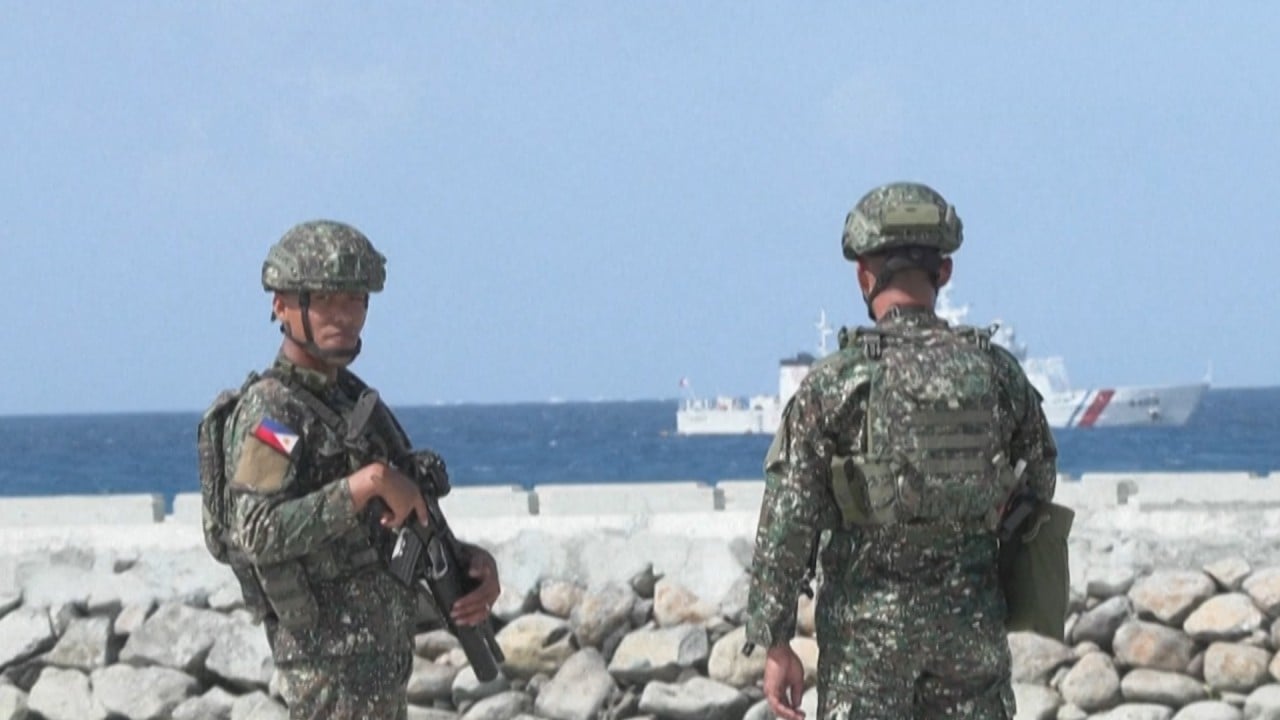‘Enough is enough’: Manila envoy speaks up on Beijing’s South China Sea stance
‘Enough is enough’: Manila envoy speaks up on Beijing’s South China Sea stance
Why are things heating up?
The Permanent Court of Arbitration in The Hague ruled in 2016 that Beijing’s expansive claims via its nine-dash line had no basis under international law, handing the Philippines a landmark victory, but that has not stopped China, which rejects the ruling, from being more assertive.
Beijing has deployed hundreds of coastguard vessels to patrol those areas, alarming the Philippines, rival claimants and other states operating in the South China Sea, including the United States, which is wary about China’s growing military power and territorial ambition.
What have the stand-offs entailed?
Encounters between the Philippines and China in Asia’s most contested waters have grown tenser and more frequent over the past year as Beijing presses its claims and Manila refuses to cease its fishing and resupply activities to Filipinos at the two shoals. China considers those to be illegal intrusions and has tried to repel the vessels.
During the last two Second Thomas Shoal resupply missions, Philippine boats sustained damage and some crew were injured after use of water cannon. China has urged the Philippines to tow away the warship, saying it had promised to do just that, but Manila maintains no such agreement was made.
What was the global reaction?
China’s actions have drawn international condemnation and concern from major powers including the US, Japan, Australia, France and Britain.
China’s actions are “dangerous, illegal and they are destabilising the region,” a senior US admiral said on April 9.
How is the Philippines responding?
President Marcos has adopted a tough line against what he sees as Chinese hostility and rejected its pressure, recently vowing to implement countermeasures against “illegal, coercive, aggressive, and dangerous attacks” by China’s coastguard, upping the ante in the escalating row.
The Philippines has said countermeasures will be “multidimensional” and involve exhausting diplomatic options. Marcos has also called for stronger coordination on maritime security to confront “a range of serious challenges” to territorial integrity and peace.
‘Just hearsay’: Philippine lawmaker says no need for probe into Duterte-Xi pact
‘Just hearsay’: Philippine lawmaker says no need for probe into Duterte-Xi pact
Could the United States get involved?
The US has a Mutual Defence Treaty with the Philippines and has repeatedly made clear it would protect its ally if its coastguard or armed forces came under attack anywhere in the South China Sea, calling the agreement “ironclad”.
The treaty raises the stakes significantly in the Philippines-China dispute in the event of a miscalculation at sea. However, it could also limit how far China is willing to go to keep the Philippines at bay, wary of the risks of conflict and pressure to respond resolutely if there were direct US military involvement.
Philippine officials, including Marcos, have dismissed talk of invoking the treaty in the present situation, stressing it would be a last resort.


